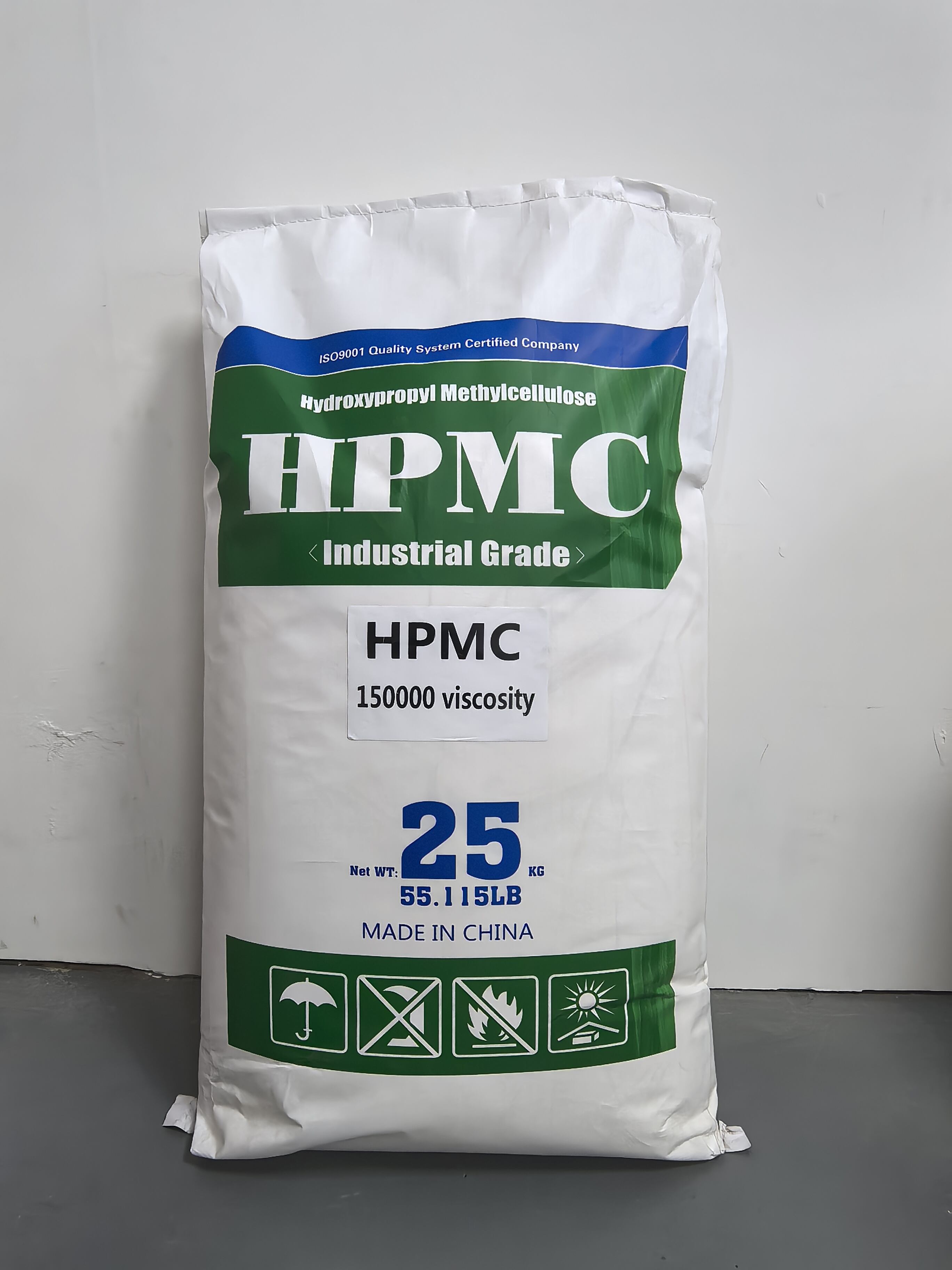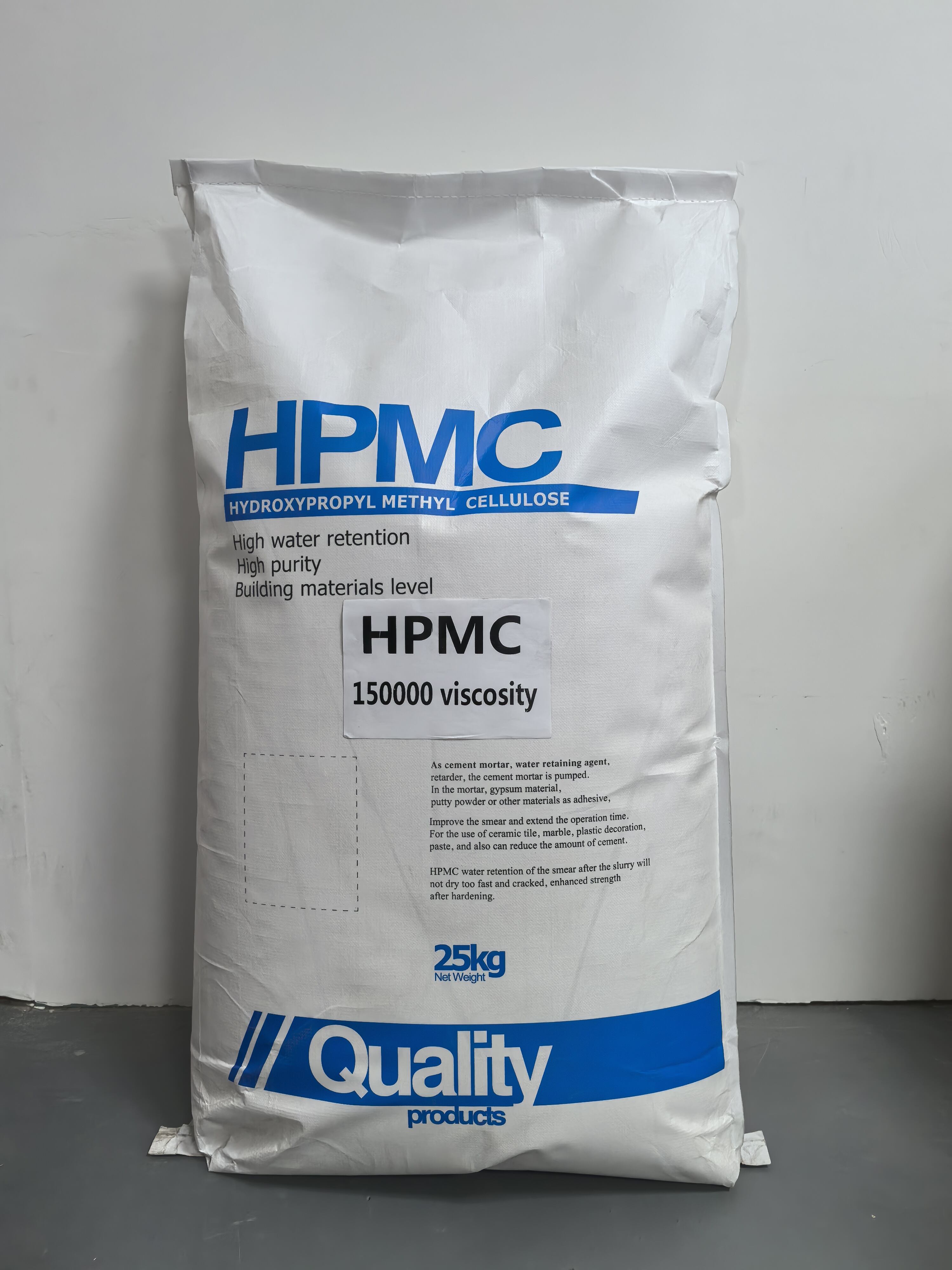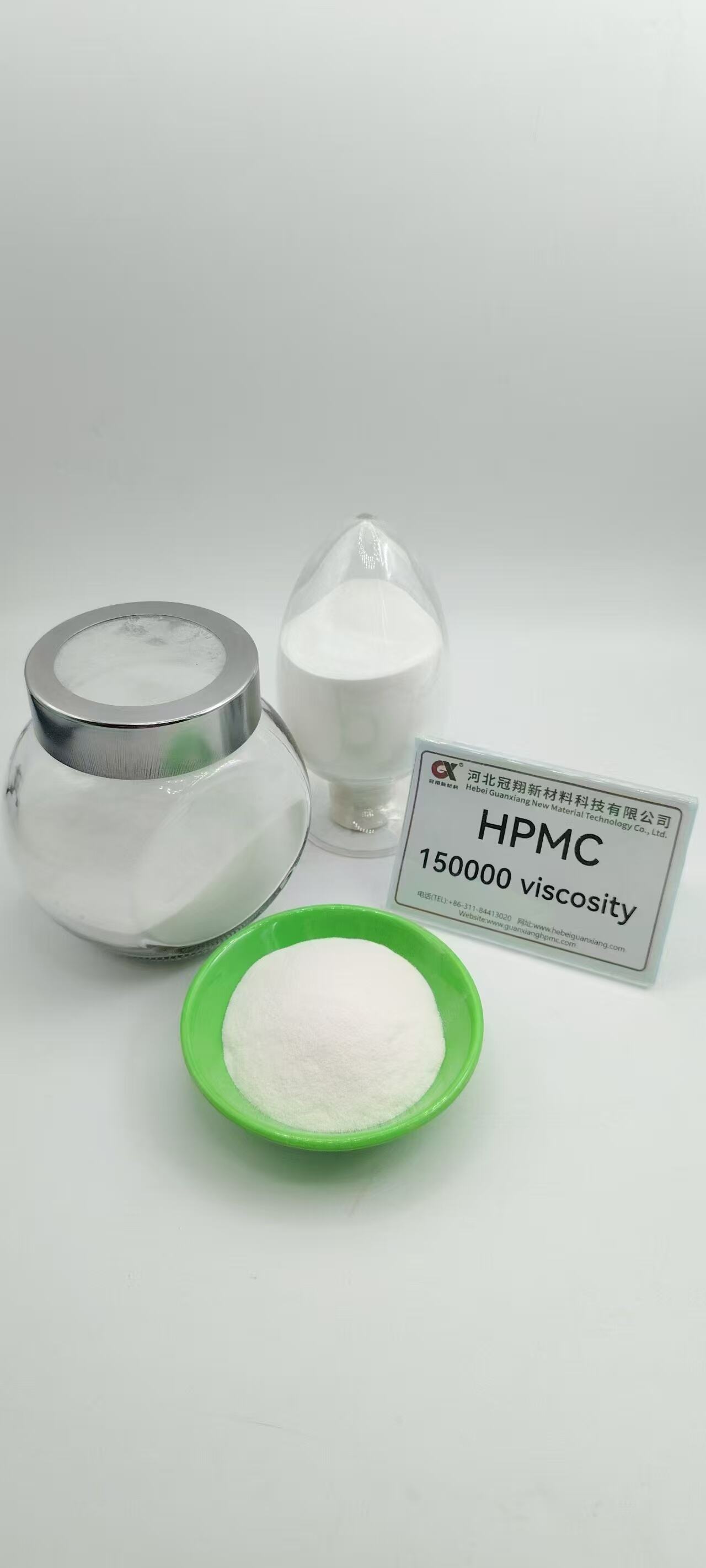hydroxypropyl methyl cellulose hpmc factory
A hydroxypropyl methyl cellulose (HPMC) factory represents a state-of-the-art manufacturing facility dedicated to producing this versatile cellulose derivative. The facility incorporates advanced production lines equipped with precise temperature control systems, specialized mixing vessels, and automated quality control mechanisms. The factory's core operations include the chemical modification of cellulose through controlled reactions with propylene oxide and methyl chloride, resulting in HPMC with varying degrees of substitution. Modern HPMC facilities feature sophisticated particle size control systems, ensuring consistent product quality across different grades. The factory typically includes dedicated areas for raw material storage, processing units, quality control laboratories, and finished product warehousing. Environmental control systems maintain specific temperature and humidity levels crucial for production stability. The facility employs advanced filtration and purification systems to ensure product purity, while automated packaging lines handle the final product with minimal human intervention. Quality assurance laboratories within the factory conduct regular testing for viscosity, substitution levels, and other critical parameters. The facility also incorporates sustainable practices, including waste reduction systems and energy-efficient equipment, meeting international manufacturing standards.


